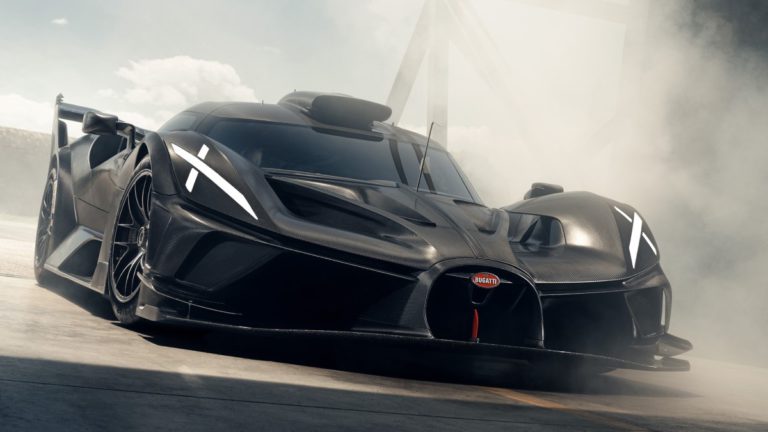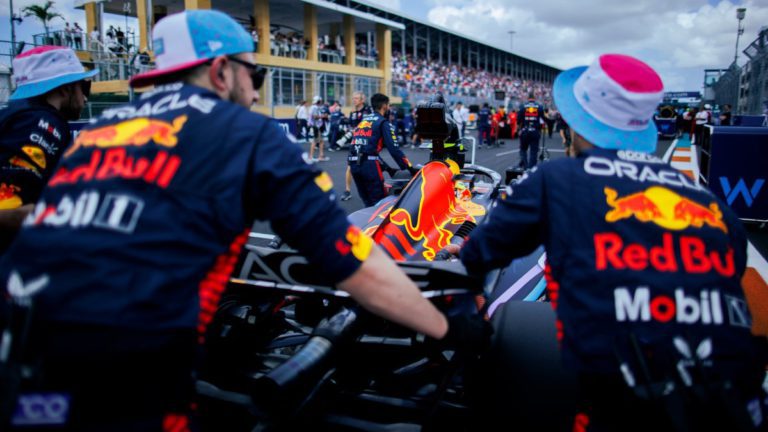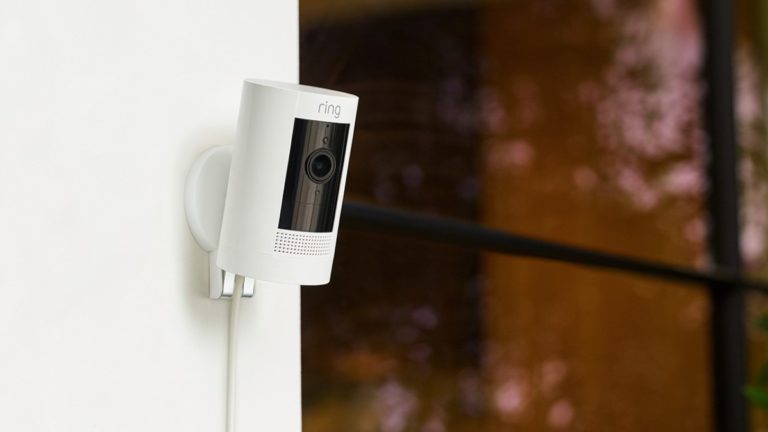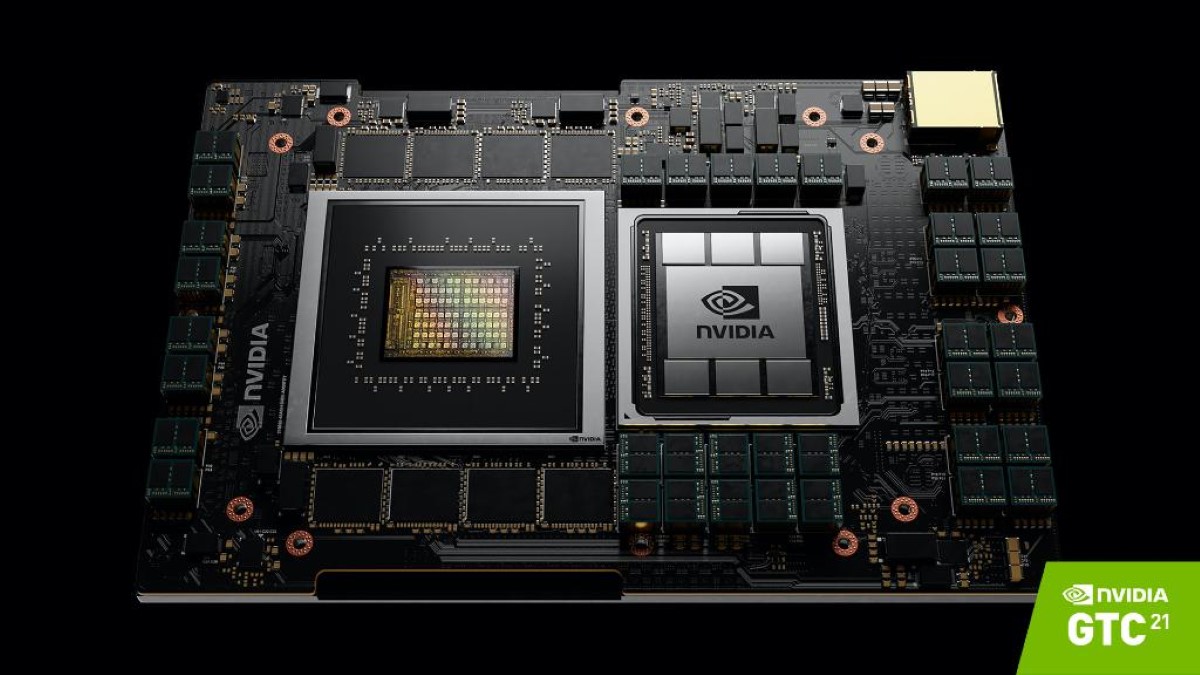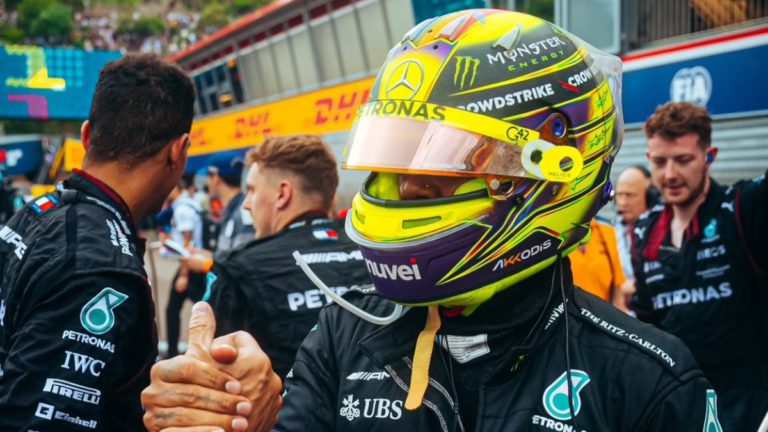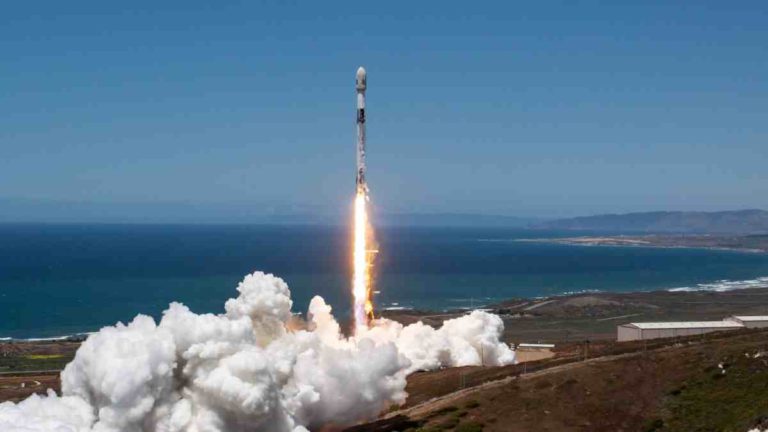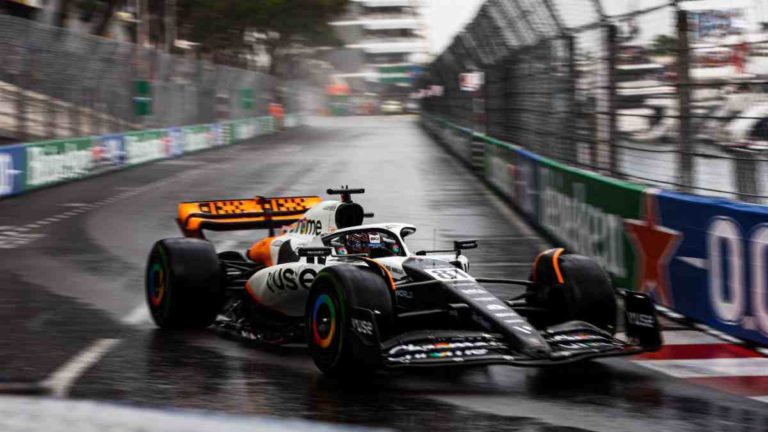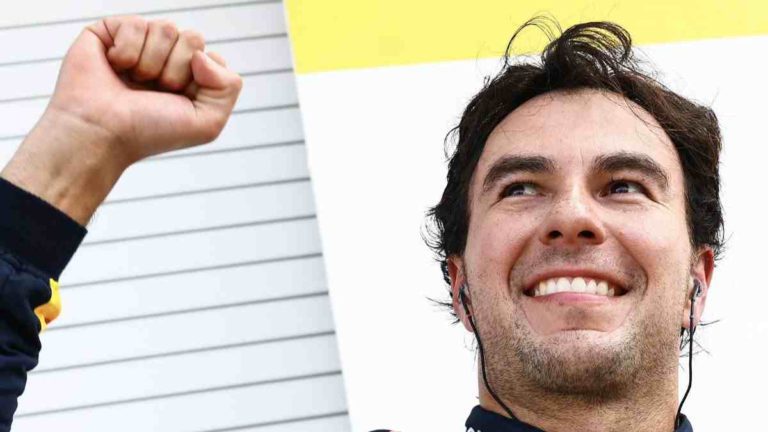FRANCE: Bugatti, the renowned hypercar manufacturer, is set to deliver its most ferocious creation yet: the Bolide. Unveiled in late 2020 as a track-only machine, the Bolide stunned car enthusiasts with its raw power and aggressive design.
After a year of anticipation, Bugatti has announced that production of the Bolide will commence, with the delivery of the first 40 cars to their lucky owners scheduled for 2024. In the meantime, the hypercar has been undergoing rigorous testing at an undisclosed air base.
While the Bolide shares its foundation with the Chiron, its carbon fibre body sets it apart from its sibling. The absence of paint showcases the car’s aerodynamic contours and emphasises its track-focused nature.
Weighing in at a mere 1,450 kilogrammes (3,196 pounds) before the addition of fluids and a driver, the Bolide boasts an impressive weight-to-power ratio of 0.9 kg/hp, thanks to its monstrous sixteen-cylinder engine that generates a mind-boggling 1,577 horsepower.
The sound emitted by the uncorked W16 engine is as exhilarating as the car’s appearance. Unburdened by the restrictions imposed on production vehicles, the quad-turbocharged 8.0-litre engine unleashes a colossal 1,600 Newton-metres (1,180 pound-feet) of torque.
These awe-inspiring figures convinced 40 passionate individuals to invest €4 million (before taxes) to own this automotive masterpiece.
Each customer will receive the Bolide equipped with a fire extinguisher, a HANS (head and neck support) device, and exclusive access to track days.
As the Bolide takes centre stage, it marks the final chapter for the legendary W16 engine that has propelled Bugatti’s creations for two decades.
Following the Bolide and the Mistral roadsters, the next Bugatti model will feature a smaller combustion engine, likely incorporating electrification to some extent.
Bugatti Rimac CEO Mate Rimac has tantalised enthusiasts by describing the upcoming engine as “totally bonkers,” promising a mind-blowing experience for all.
The Bugatti Bolide represents the pinnacle of performance engineering, pushing the boundaries of what is possible on the track. Its striking design, unmatched power, and uncompromising dedication to performance cement its status as the ultimate track weapon.
As the first deliveries approach, anticipation builds among hypercar enthusiasts eager to witness the Bolide’s domination of the racing world. Brace yourselves, for the unleashed beast is coming.
Also Read: Ferrari Must Offer £80 Million Deal To Lewis Hamilton, Says F1 Commentator

